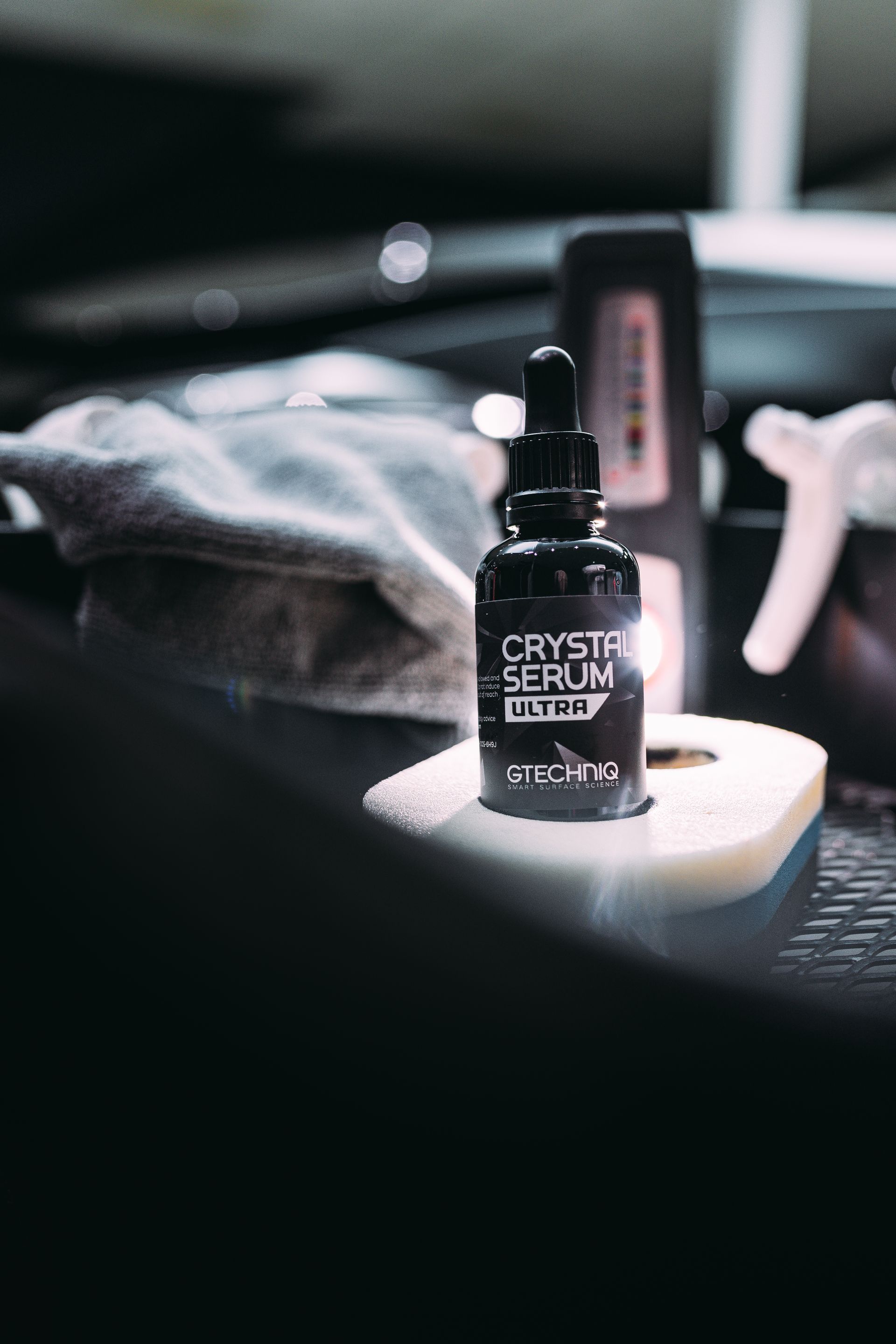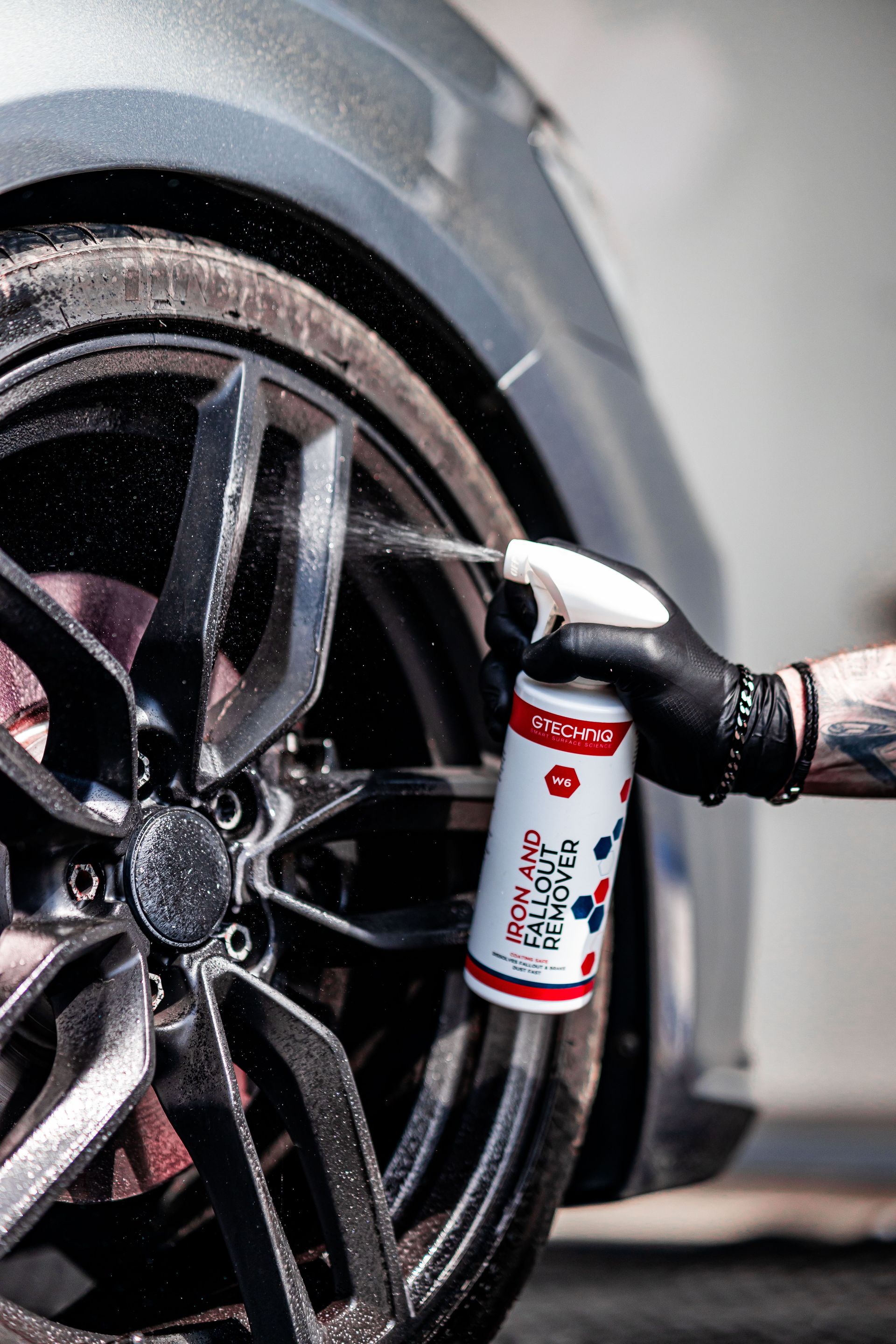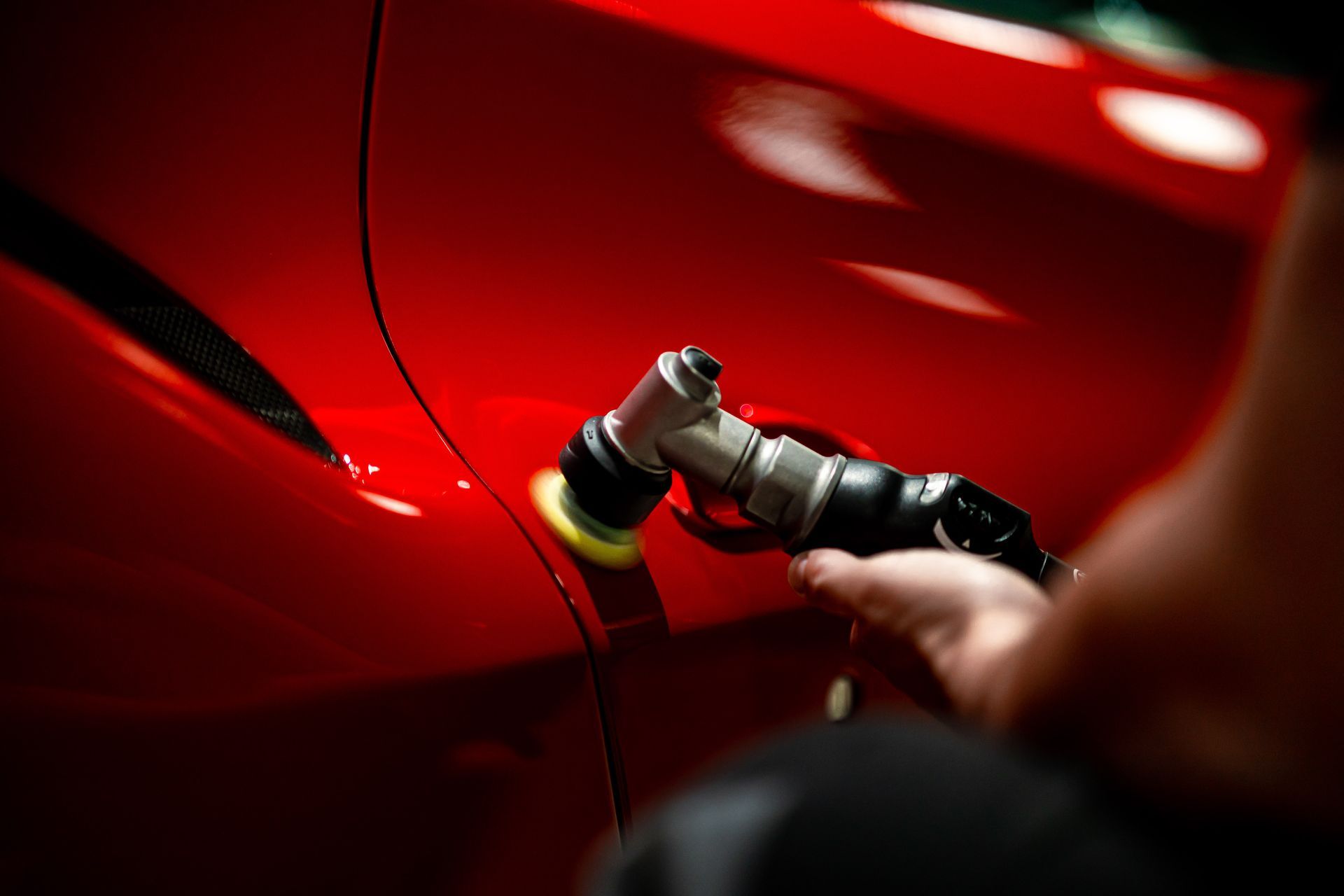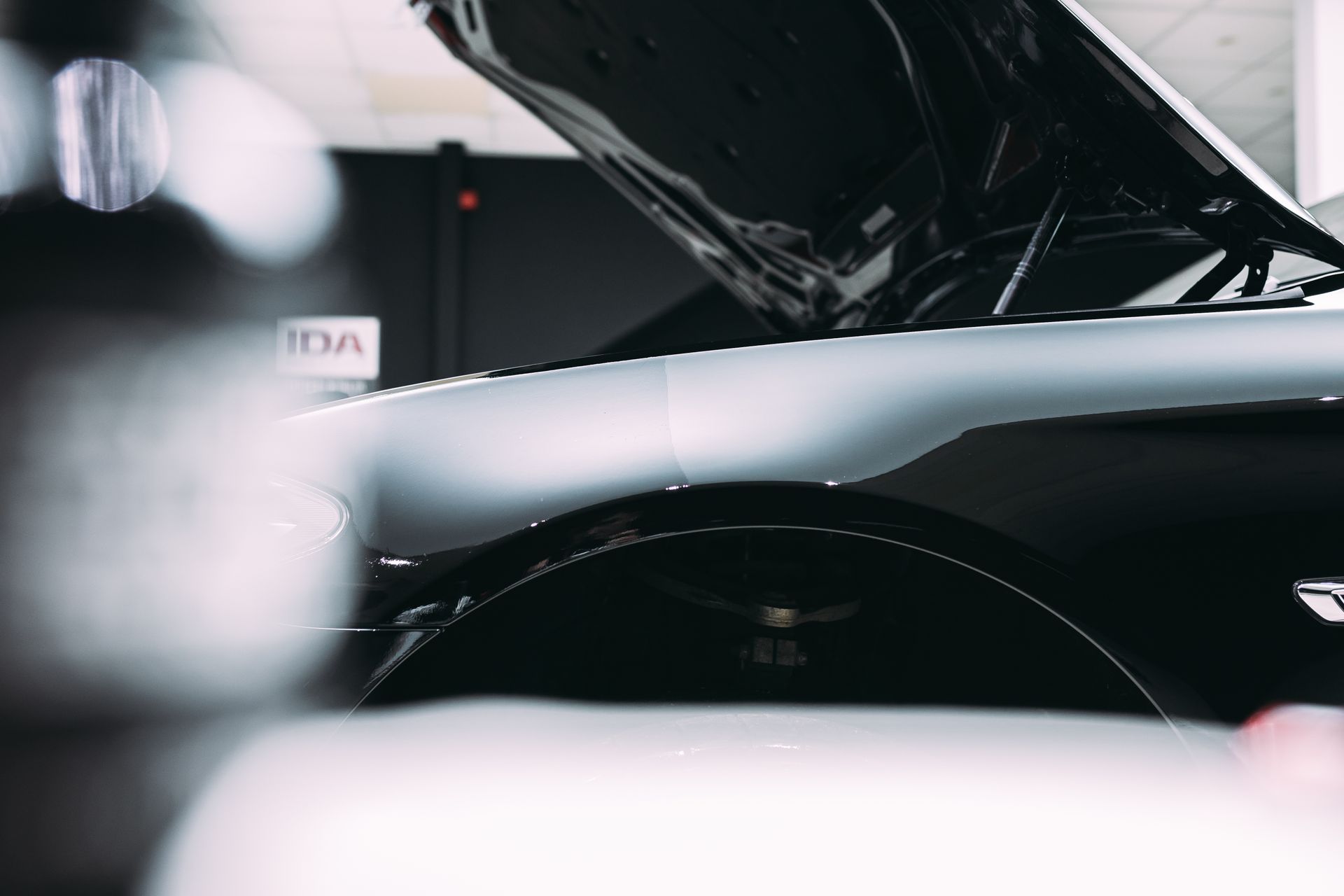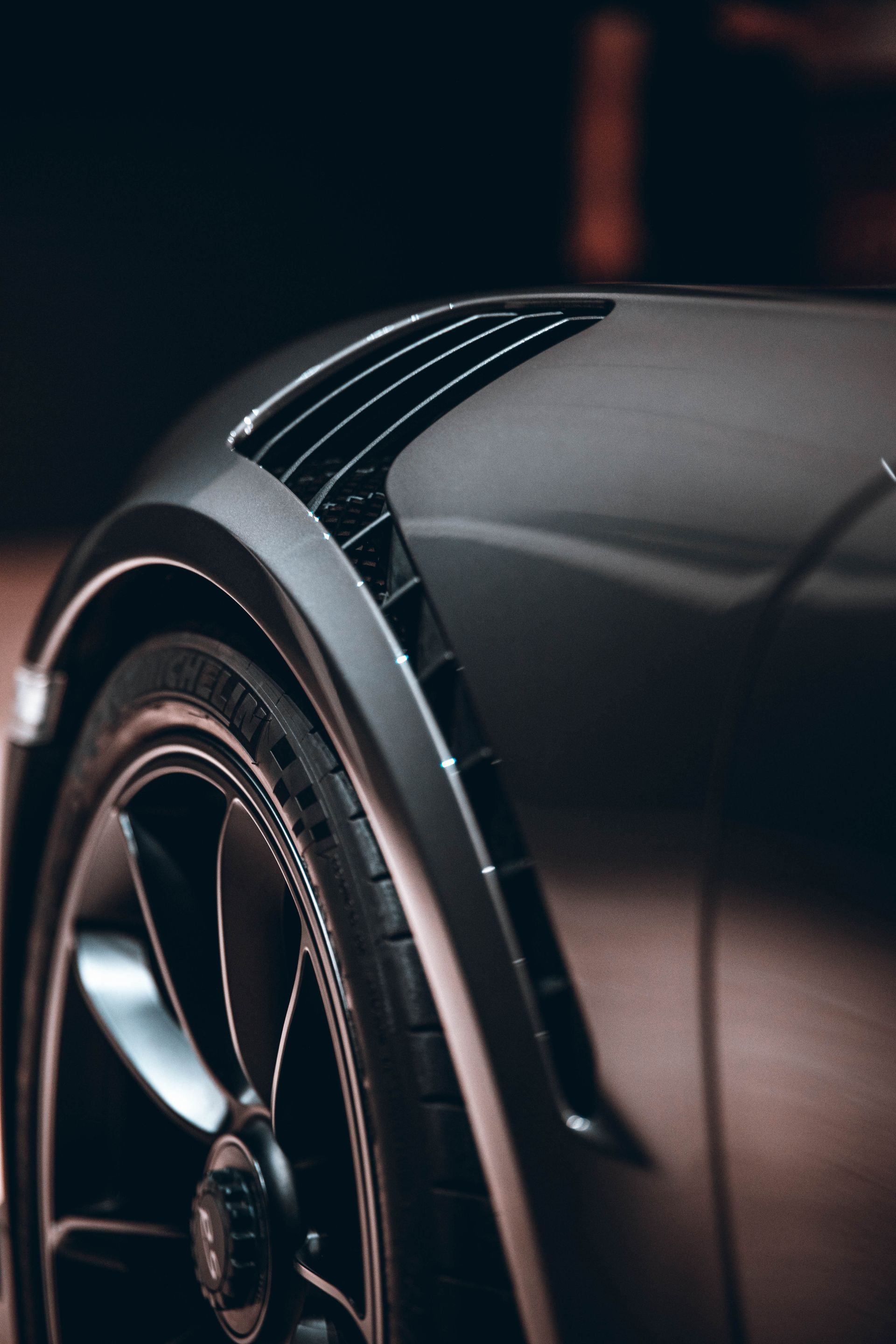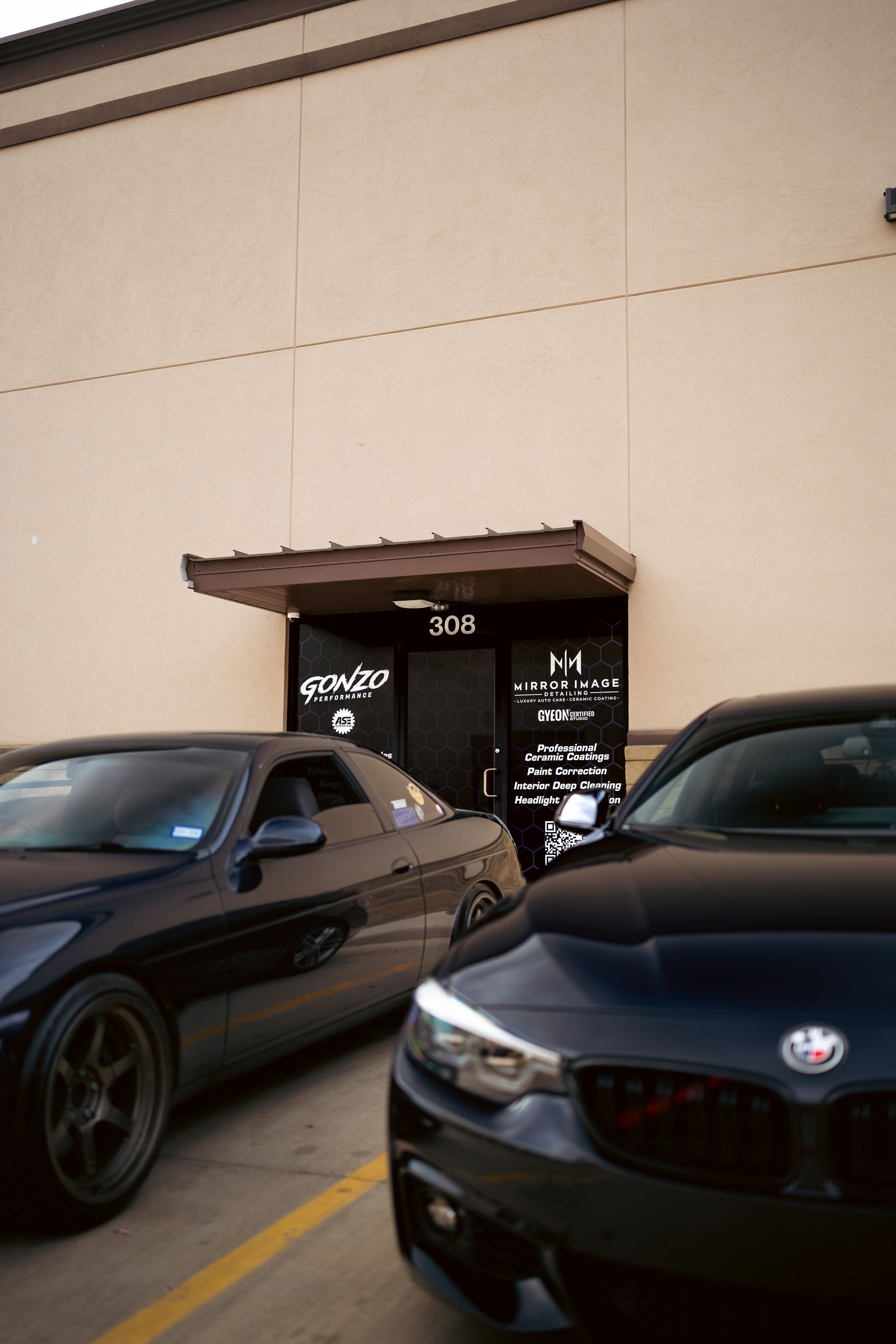Ceramic Coating Myths: Scratch Resistance and Water Spots Explained
Separating fact from fiction about the true protection coatings offer
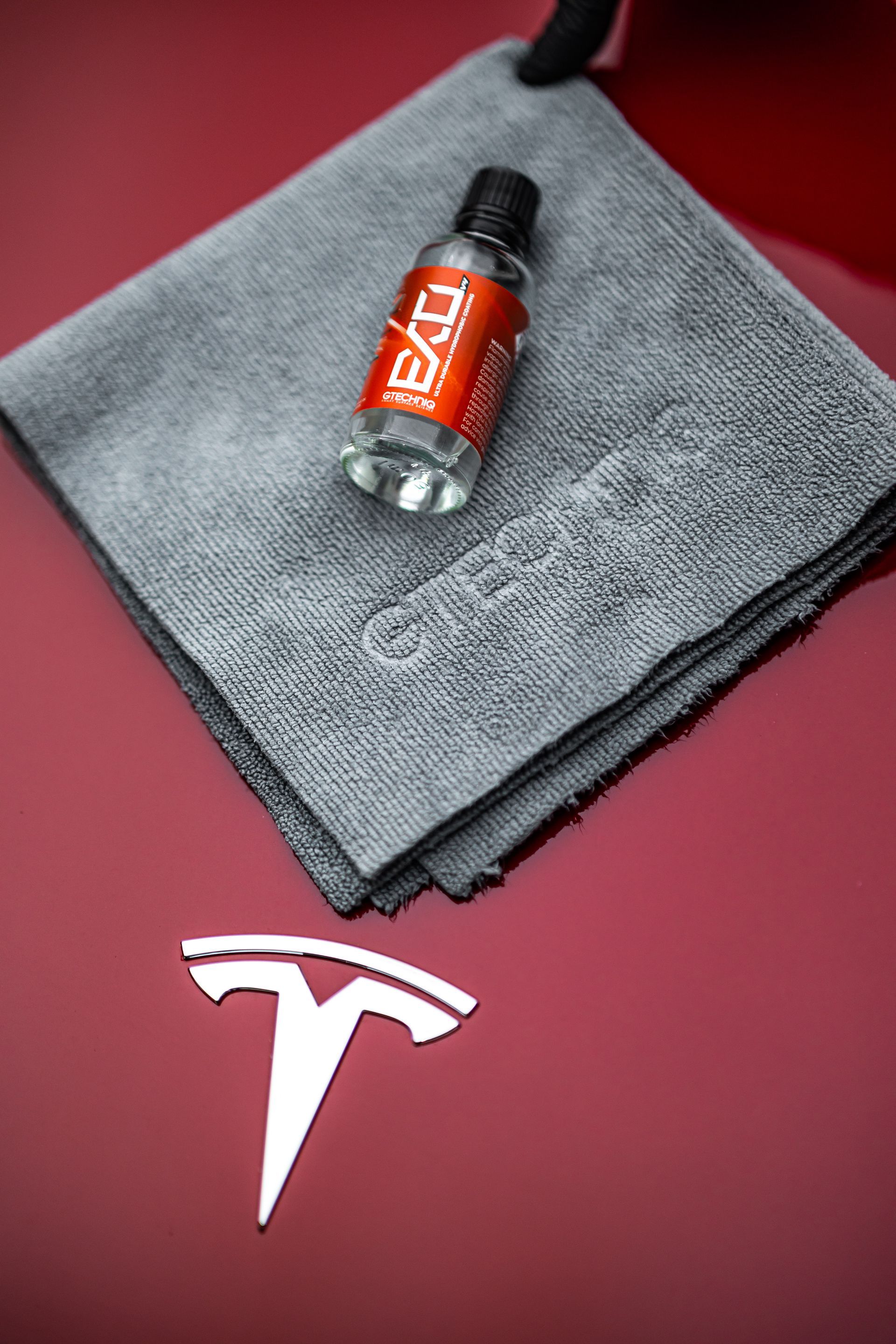
Ceramic coatings are one of the most popular automotive protection upgrades on the market today. They promise long-term gloss, easier maintenance, and serious durability. But like any widely marketed service, ceramic coatings are also surrounded by myths.
Two of the most common questions we get are:
- Are ceramic coatings scratch-proof?
- Can a coated car still get water spots?
Let’s break these down with the truth.
Myth 1: Ceramic Coatings Are Scratch-Proof
This is one of the most common misconceptions in the industry. Ceramic coatings are not scratch-proof. In fact, no coating product on the market today can make that claim responsibly.
What coatings do offer is a
level of scratch resistance, especially against minor swirl marks and light abrasions. Think of things like:
- Reducing marring from towel drying
- Protection from fine dust scratches during washes
- Resistance to abrasion from environmental contaminants
Ceramic coatings form a very hard layer over your paint. This layer is typically rated between 9H and 10H on the pencil hardness scale, which means it's harder than most clear coats. That added hardness gives it the ability to reduce light scratching from everyday interactions.
However, deeper scratches from things like automatic car washes, aggressive washing with dirty mitts, or keying will still go right through a ceramic coating and into the paint.
Verdict: Ceramic coatings are
scratch-resistant, not
scratch-proof.
Myth 2: Ceramic Coated Cars Can’t Get Water Spots
This one surprises many customers. Yes, ceramic coated vehicles can still get water spots.
Here’s why:
Water spots are caused by
mineral deposits left behind after water evaporates. Ceramic coatings make it much harder for these minerals to bond permanently to the surface, but they don’t completely eliminate the risk, especially if:
- The vehicle is left in the sun after a rinse
- You’re using hard water with high mineral content
- The car isn’t dried thoroughly after washing
What ceramic coatings do very well is
reduce how severe the water spots can be and make them
easier to remove if they do form. Many coatings also include hydrophobic properties that encourage water to sheet off the vehicle more quickly, reducing the window for spotting.
To further protect your vehicle, we recommend topping your coating with a compatible maintenance spray like Gtechniq C2v3 or GYEON Cure. These help add an additional sacrificial layer and repel water even better.
Verdict: Ceramic coatings reduce water spotting but
do not eliminate it completely.
Conclusion
Ceramic coatings are a phenomenal investment when properly installed and maintained. They enhance gloss, reduce washing time, and add measurable protection to your paint. But it's important to have realistic expectations.
They're not magic. They're high-performance surface treatments that require the right care and maintenance to get the full benefit.
If you want to learn more or see which ceramic system is best for your vehicle, reach out to the experts


